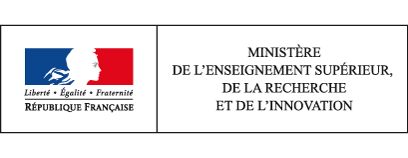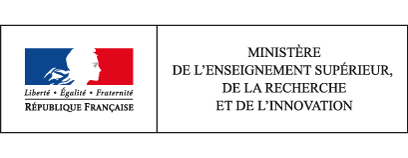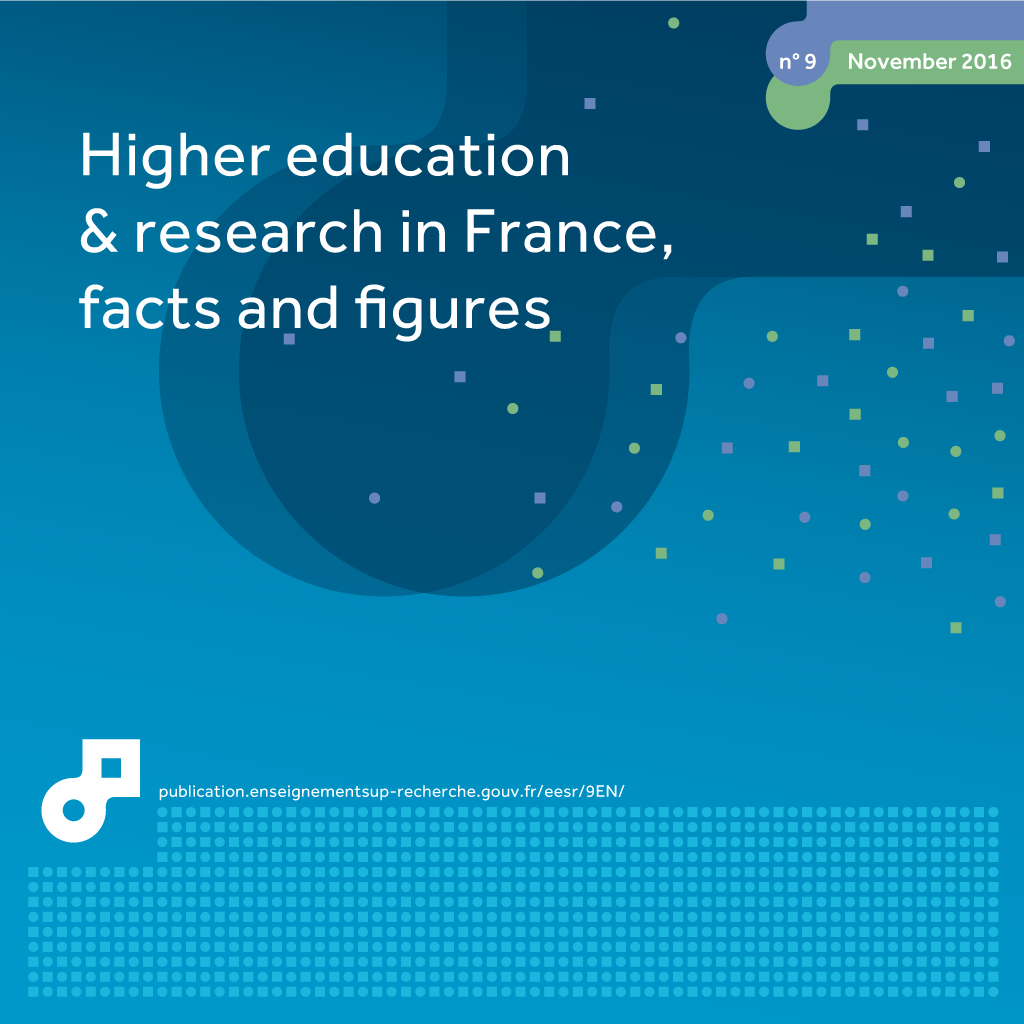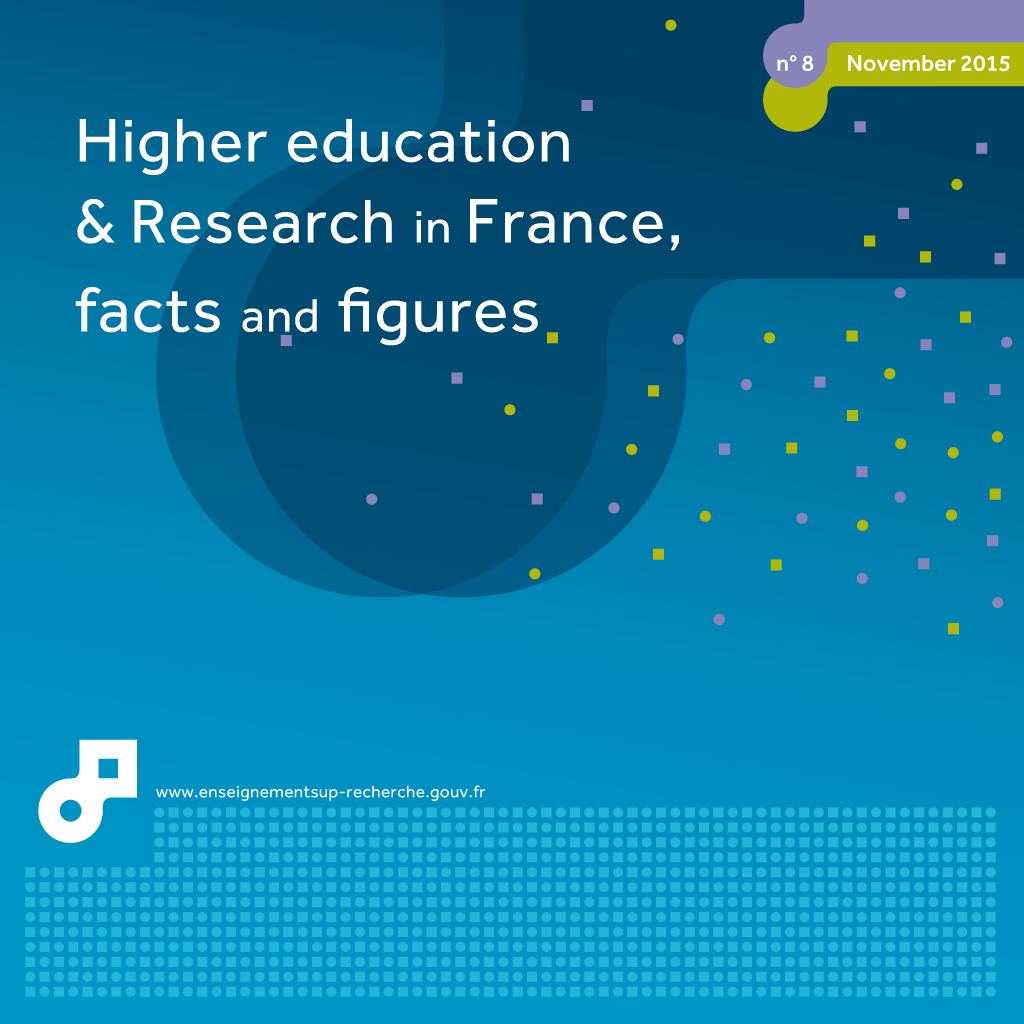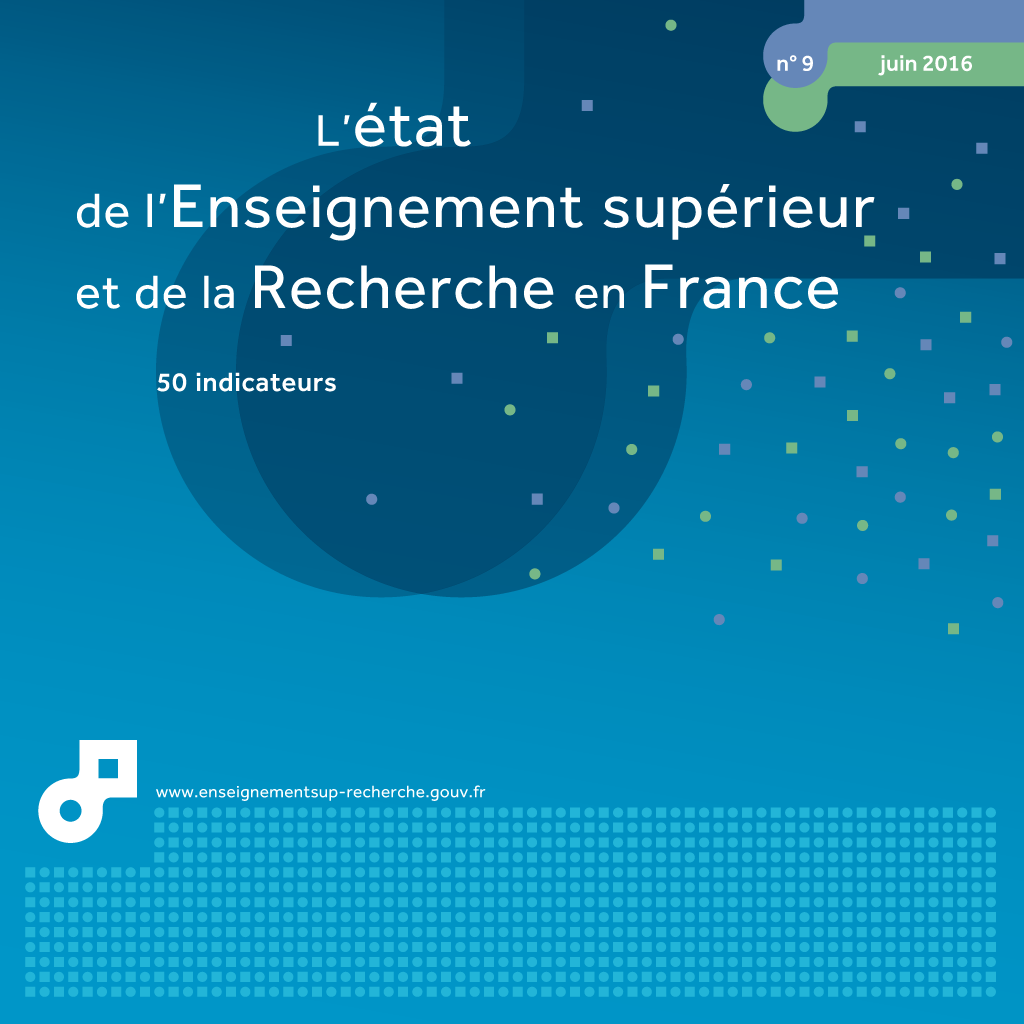09 changes in higher education over the last 50 years: growth and diversification
This page has been updated. Read 09. students in higher education over the last 50 years in Higher education & research in France, facts and figures 10th edition - June 2017
In 2014, 2,471,000 students enrolled in higher education, eight times as many as in 1960. Today, a little over six in ten students enrol at university. This share has however decreased over the last 50 years due to the diversification of the training on offer.
Numbers in higher education have multiplied by eight in 50 years (table 09.01). They have therefore increased from 310,000 students enrolled in 1960 to 2,471,000 in 2014. Demographical changes are expected to cause a new increase in the next ten years, with numbers exceeding 2,800,000 in 2024. A new growth in the proportion of Bac holders in a generation or rates of continuing in higher education could further extend this increase.
The rise in the number of students was initially principally led by the demographic growth of the 1950s and 1960s. Expanded access to the Baccalaureate was a determining factor, particularly between 1987 and 1995, a period during which the proportion of Bac holders in a generation increased from 33% to 63%. After a period of stability, this proportion recently grew significantly, from 62% in 2008 to 77% in 2015 (table 09.01). This development in access to the Baccalaureate is due to a diversification in the offer, firstly with the creation of the technological Baccalaureate (1968), followed by the vocational Baccalaureate (1985). The latter in particular explains the recent increase in the proportion of Bac holders. The aspirations of young people and their families to achieve a higher education qualification, justified by the rise in unemployment, has also contributed to the marked increase in the number of students (chapter 21). In 2014, 39% of 25-49 year olds had higher education qualifications, compared to 28% in 2004 (chart 09.03).
During the 1960s, long university courses led the developments in higher education (table 09.01): their proportion increased from 69% in 1960 to 75% in 1970 (excluding DUT preparations). They then decreased continuously for around 40 years, reaching 57% in 2010, before increasing again very recently (chapter 12). During the 1970s and 1980s, preparations for DUT (university technology diploma) and especially STS (Advanced technician's section) led most of the growth in higher education, related to the significant increase in the number of Bac holders. Between 1970 and 2014, the proportion of students in "other institutions and courses" (see definition) increased from 15% to 24%, demonstrating a diversification in courses giving access to higher education.
Since 2000, numbers in private higher education have increased by 58%, while total numbers increased by 14% over the same period. The private sector had 438,000 students in 2014, which represents one student in six (chart 09.04). It accounts for around a third of STS and engineering school numbers, and all the business and management schools.
The growth in French higher education numbers over the last 15 years can be primarily explained by the increase in the number of foreign students (chart 09.05), mostly from foreign education systems. They represent 12.1% of students, compared to 8.1% in 2000.
How to cite this paper :
close
Key figures
students
Metropolitan France + overseas departments
Metropolitan France + overseas departments
Metropolitan France + overseas departments
Metropolitan France + overseas departments
Metropolitan France + overseas departments
Metropolitan France + overseas departments
09.01 Students enrolled in higher education since 1960 (in thousands)
You can embed this table to your website or your blog by copying the HTML code and pasting it into the source code of your website / blog:
close
09.02 Proportion of baccalauréat holders in a generation (sessions from 1950-2015 p) (%)
The proportions of Bac holders in a generation for the sessions from 2012 to 2015 have been updated based on the demographic review published by Insee in March 2015. Values may therefore differ from those published last year.
This balance sheet provides provisional population estimates from 2012 onwards. The proportions of baccalauréat holders in a generation for the 2012 to 2014 sessions are therefore provisional.
p Provisional.
1 1969: First session of the technological Baccalaureate.
2 1987: First session of the vocational Baccalaureate.
3 2009: Creation of the retake examination for the vocational Baccalaureate.
4 2011-2014: Reform of the vocational path.
MAAF
You can embed this chart to your website or your blog by copying the HTML code and pasting it into the source code of your website / blog:
close
09.03 Proportion of higher education graduates per age band, from 2004 to 2014 (in %, persons aged 15 or over)
Backcast data for the period 2004-2012 following the change in the Employment survey questionnaire in 2013. This backcasting does not permit correction of any shortfalls related to changes in the questions on education.
You can embed this chart to your website or your blog by copying the HTML code and pasting it into the source code of your website / blog:
close
09.04 Change in number of students in higher education institutions (base 100 in 2000)
MENESR-DEPP
You can embed this chart to your website or your blog by copying the HTML code and pasting it into the source code of your website / blog:
close
09.05 Change in numbers of French and foreign students (in thousands, base 100 in 2000)
MENESR-DEPP
You can embed this chart to your website or your blog by copying the HTML code and pasting it into the source code of your website / blog:
close
Related statistical publications
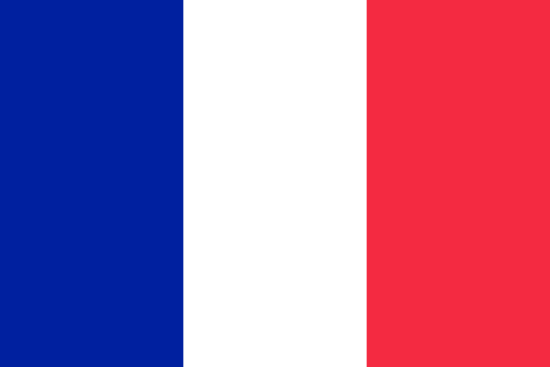 Note d'information SIES 16.01 - Forecasts of numbers in higher education for the academic years 2015 to 2024 - Laurent Fauvet - February 2016
Note d'information SIES 16.01 - Forecasts of numbers in higher education for the academic years 2015 to 2024 - Laurent Fauvet - February 2016 By 2024, the number of baccalauréat holders should have increased significantly compared with 2014, as a result of demographic changes. If trends in terms of career choice, continuing studies and demographics persist, higher education should welcome over 2.81 million students in 2024, 335,000 more students than in 2014.

 Note d'information SIES 15.08 - Significant increase in the number of students in higher education in 2014-15, particularly at university - Diane Marlat - December 2015
Note d'information SIES 15.08 - Significant increase in the number of students in higher education in 2014-15, particularly at university - Diane Marlat - December 2015 In five years, higher education has welcomed over 150,000 new students (+7%). Engineering schools have seen a particularly high rise in numbers.
By contrast, the number of students in State-recognised business schools has stabilised, following years of marked increases. The numbers enrolling in classes preparing for admission to Grandes Ecoles (CPGE) has risen moderately (+0.8%). On short courses (University technology institutes (IUT) and Advanced technician's sections (STS)), numbers have been stable.
At the start of the 2014-15 academic year, all the local education academies apart from two saw an increase in students. Just over one student in six was enrolled in a private education institution. Female students continued to be in the majority. One in eight students were foreign nationals.
Translation
 Etat de l'enseignement supérieur et de la rechercheL'état de l'Enseignement supérieur et de la Recherche en France n°9 - Juin 2016
Etat de l'enseignement supérieur et de la rechercheL'état de l'Enseignement supérieur et de la Recherche en France n°9 - Juin 201609 - les évolutions de l'enseignement supérieur depuis 50 ans : croissance et diversification - Elisabeth Algava

